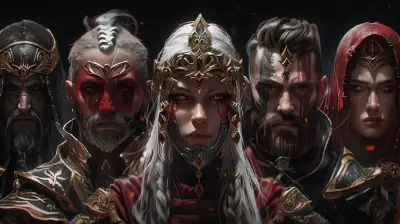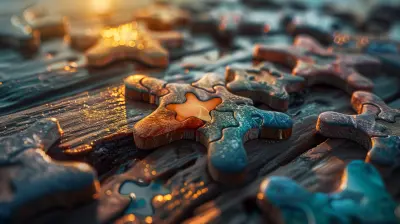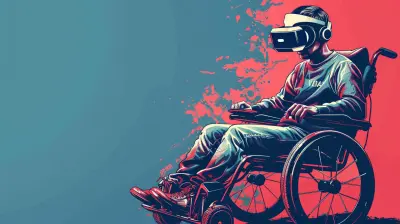Breaking the Mold: How to Create Non-Traditional Game Characters
18 May 2025
When it comes to creating characters in video games, let’s face it — the playbook can sometimes feel… well, a little worn out. You know the drill: the brooding male hero with a tragic backstory, the hypersexualized female sidekick, and the token comic relief sidekick who cracks jokes every five seconds. But here's the thing: gamers are hungry for something fresh, something unexpected, something that breaks away from the usual cookie-cutter molds.
So, how do you create non-traditional game characters that truly capture the hearts (and attention spans) of players? That’s what we’re diving into today. Get ready to shake things up because it's time to think outside the box and create characters that defy expectations while keeping players hooked.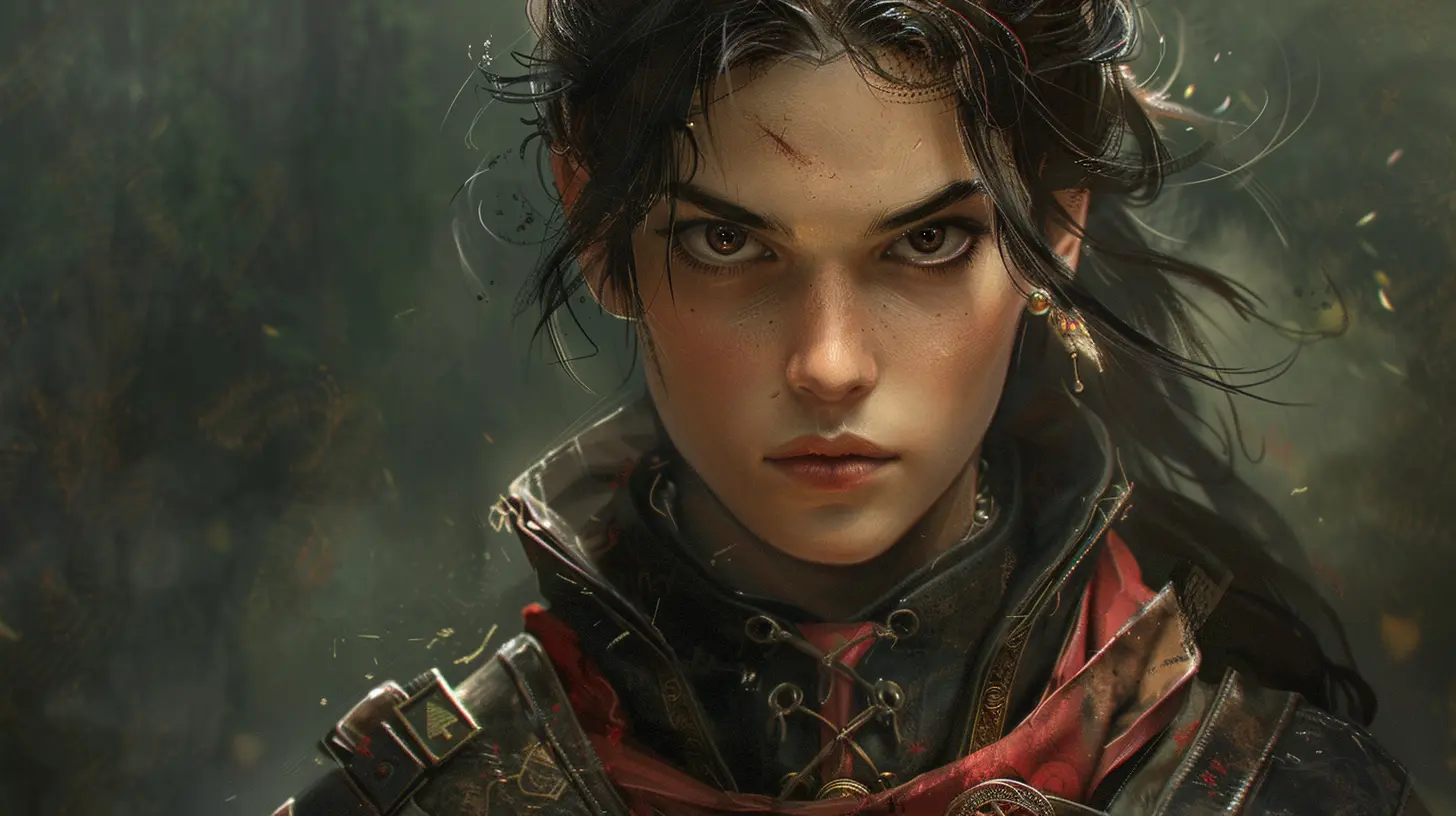
Why Non-Traditional Characters Matter
Before we dive into the how, let’s talk about the why. Why should developers and writers bother creating non-traditional characters in games? Isn’t the current formula working just fine?Well, sure, it works, but it’s also… predictable. And if there’s one thing that kills excitement faster than a game-breaking bug, it’s predictability. Non-traditional characters bring freshness and depth to a game’s narrative. They’re the wild cards — the kind of characters that make you sit up and take notice.
But it’s not just about spicing things up. Diverse, unique characters reflect the real world better. They give players of all backgrounds someone to relate to, and that emotional connection? It’s a game-changer. Plus, let’s be honest, wouldn’t you rather crush some evil overlord with a grandma sorcerer wearing orthopedic shoes than yet another generic, muscle-bound warrior? Exactly.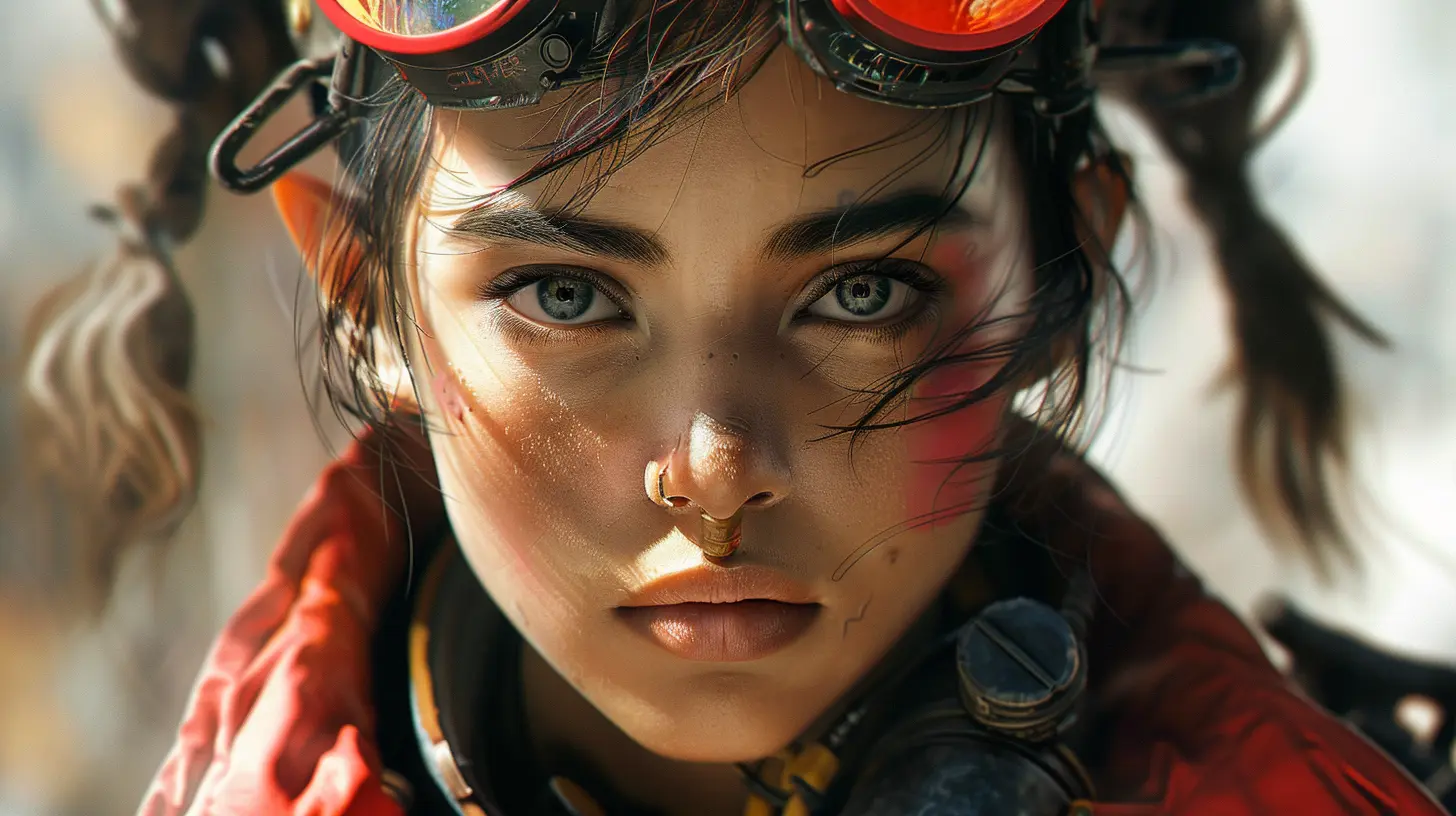
Step 1: Ditch the Stereotypes
Okay, first things first: leave the clichés at the door. Seriously. Whether it’s the silent, stoic protagonist or the damsel in distress, if it’s been done a million times, it’s time to bury it. Instead, think about flipping the script.For example:
- The Hero: Instead of making your hero a rugged, 6’2” dude with a jawline so sharp it could cut glass, how about making them an unassuming janitor who accidentally saves the world?
- The Villain: Why not have the villain be a charismatic, soft-spoken artist whose charm makes you question whether you’re on the right side?
- The Sidekick: Forget the goofy comic relief — how about a stoic, straight-talking AI who learns to crack jokes over time?
The key? Subvert expectations. If players are expecting A, give them Z.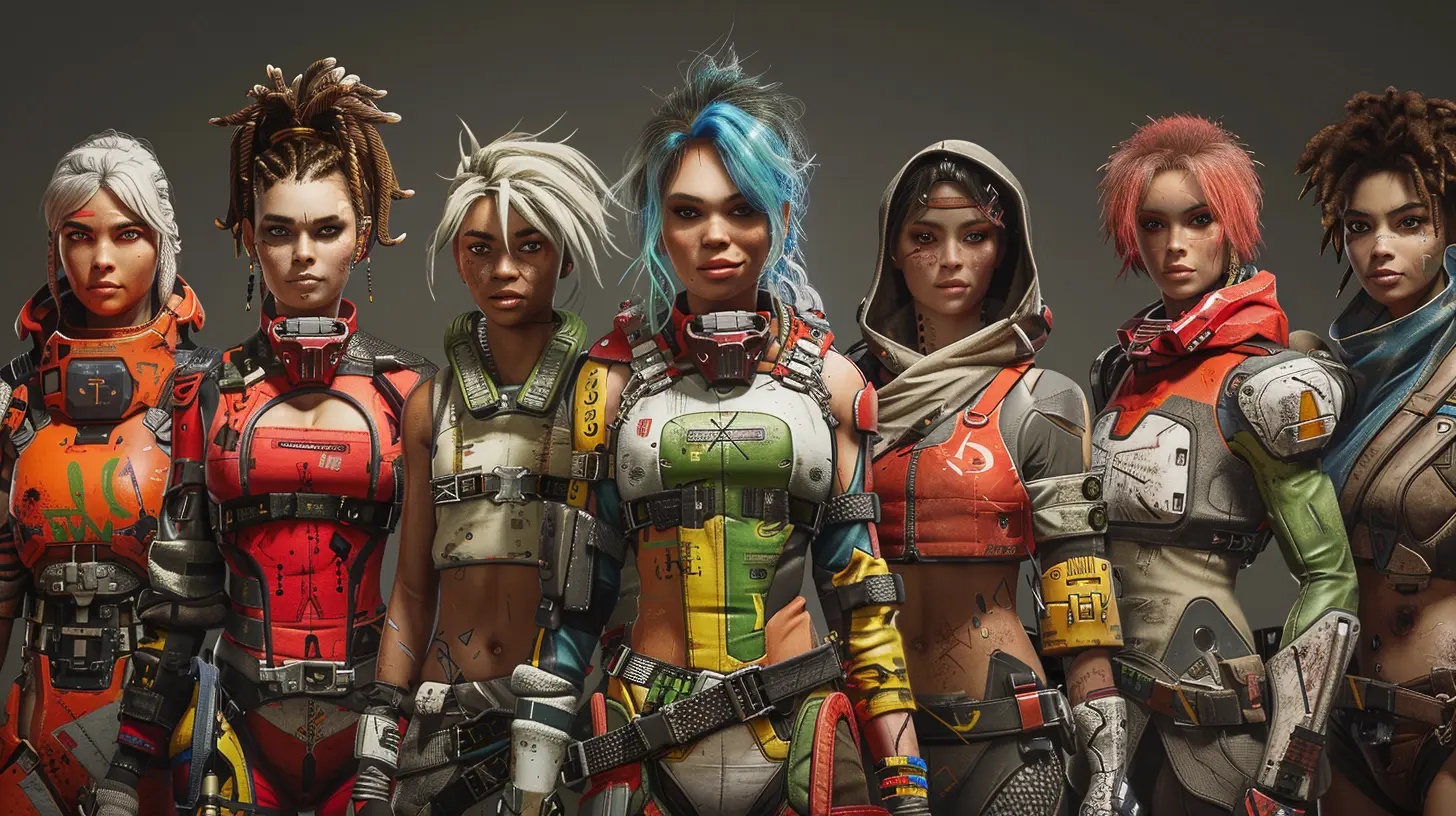
Step 2: Focus on Personality, Not Just Backstory
Too often, game characters feel like walking backstories instead of fully fleshed-out individuals. Yes, their past matters, but it shouldn’t define everything about them. A good character isn’t just where they came from — it’s how they act, how they talk, the quirks that make them instantly recognizable.Think of Geralt from The Witcher. Sure, he’s got a heavy backstory, but it’s his dry wit, his grudging affection for Roach, and his endless exasperation with humanity that make him memorable.
Take some time to brainstorm your character’s quirks:
- Do they hum under their breath when they’re thinking?
- Are they comically bad at reading maps?
- Do they have an odd obsession with a niche hobby, like competitive knitting or rare cheese?
These small details breathe life into a character faster than the flashiest backstory ever could.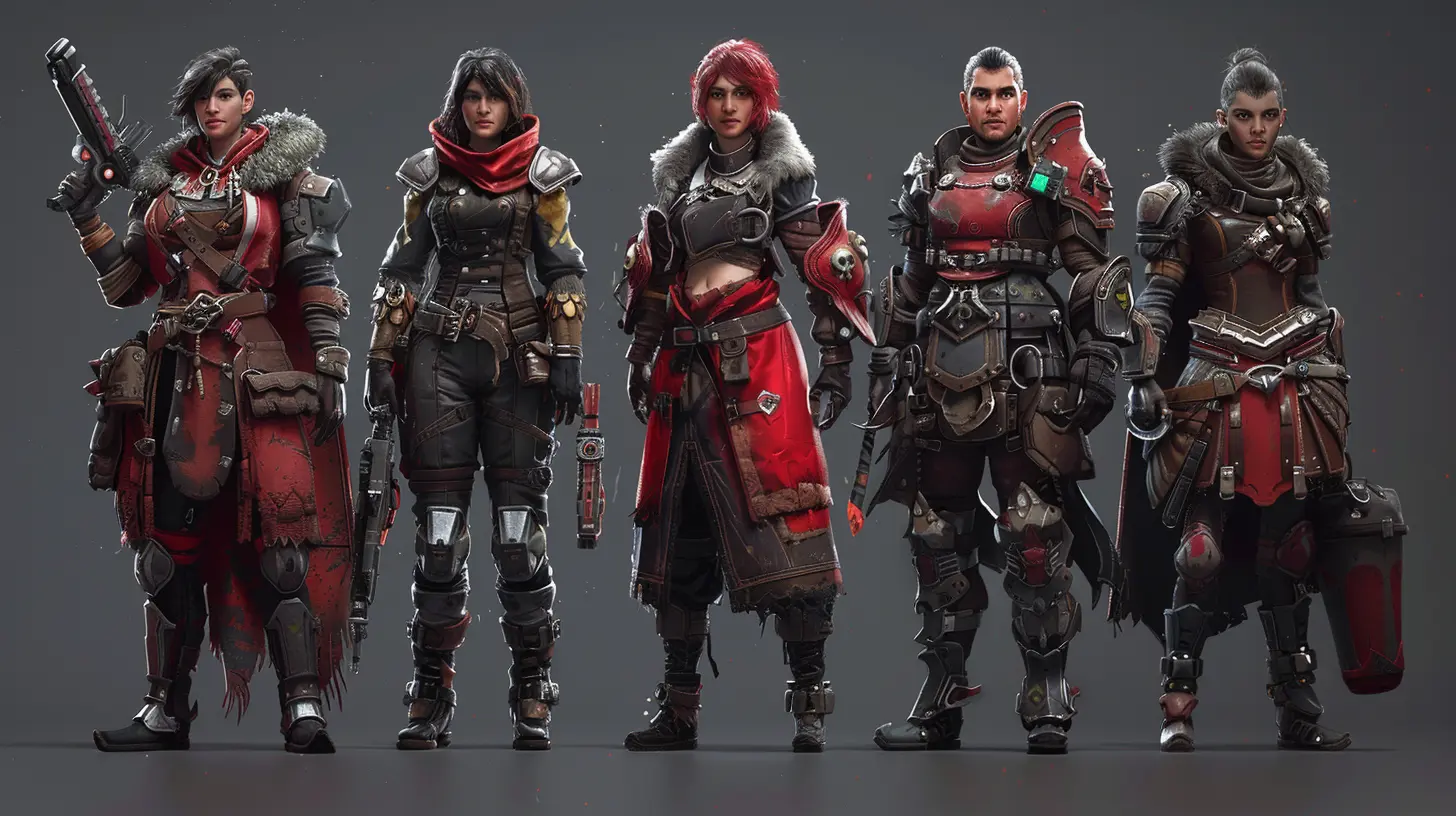
Step 3: Representation Matters (But Do It Right!)
Let’s get real for a second. Representation in gaming has come a long way, but we’ve still got miles to go. Creating non-traditional characters often means shining a spotlight on underrepresented groups — and that’s awesome. But here’s the catch: do your homework.If you’re writing a character who comes from a background or identity that’s not your own, research is your best friend. Talk to people from that background, read about their experiences, and, oh yeah… listen. Avoid leaning on lazy stereotypes or surface-level traits. Representation doesn’t just mean slapping a label on a character and calling it a day — it means giving them depth and dimension.
And remember, diversity doesn’t have to scream “LOOK AT ME!” Sometimes, the most powerful representation is subtle and woven seamlessly into the story. Think about how Ellie’s sexuality was revealed in The Last of Us. It wasn’t a big, neon sign moment — it felt natural. And that’s the goal.
Step 4: Embrace the Weird
Here’s a hot take: Weird characters might just be the most memorable ones. Think about it — would Undertale’s Sans be half as iconic if he were a generic medieval knight? Probably not.Weird characters stand out because they defy the norms, whether it’s in appearance, personality, or just plain vibes. Lean into the bizarre. Make your characters quirky, make them strange, make them unapologetically themselves. A talking hat with anger issues? Sure. A vampire struggling with their lactose intolerance? Why not?
Weirdness is like seasoning — sprinkle it in, and suddenly you’ve got something that’s deliciously unique.
Step 5: Show Growth (and Flaws!)
Perfect characters are boring. There, I said it. Nobody wants to play as or against someone who’s got everything figured out from the start. Flawed characters, on the other hand, are relatable — and they’re way more fun to root for (or boo at).Introduce challenges that force your characters to grow. Maybe your hero starts out with a crippling fear of failure. Maybe your villain begins to doubt their own ideology. Show their journey. Let them stumble, let them make mistakes, let them learn.
And don’t forget to balance the flaws with strengths. A character who’s too flawed becomes frustrating, while one who has no weaknesses at all feels flat. It’s all about striking the right balance.
Step 6: Think Beyond Human(oid)
Who says your characters even have to be human? Some of the most beloved video game characters aren’t even close to human. Case in point: a certain plucky Italian plumber or a blue hedgehog who loves chili dogs.Stepping away from humanoid characters opens up a whole realm of possibilities. Your protagonist could be a sentient toaster bravely battling against faulty wiring. Your villain? A planet-sized sentient fungus with a vendetta. The sky’s the limit.
Thinking beyond human characters doesn’t just make your game stand out — it can also introduce fun mechanics that tie into your characters’ unique forms. A squid-turned-inkling in Splatoon? Genius.
Step 7: Let Characters Drive the Narrative
Here’s the secret sauce: The best characters don’t just exist inside a story — they help shape it. When your characters are complex, their decisions and actions naturally influence the direction of the game’s narrative.Want a great example? Take Mass Effect. Commander Shepard’s choices define the game’s story, but those choices are heavily influenced by the relationships they build with other characters. The result? A narrative that feels deeply personal.
When designing your characters, ask yourself: What values do they hold? What lines won’t they cross? How do their interactions with the world shape the story? When characters feel like active participants in the narrative, players become more invested.
Step 8: Don’t Be Afraid to Take Risks
Creating non-traditional characters can feel daunting, especially when you’re trying something that might not resonate with every player. But you know what? That’s okay.Risks are what push the gaming industry forward. Don’t let the fear of polarizing opinions hold you back from creating a character you believe in. Take the leap. If it flips the script and offers something fresh, players will remember it, even if not everyone gets it.
Conclusion: Rewrite the Rules
Creating non-traditional game characters isn’t just about breaking stereotypes or slapping on quirky traits for the sake of standing out. It’s about taking risks, crafting multi-dimensional personalities, and breathing life into characters who feel real (even if they’re a sentient toaster).So, here’s my challenge to you: The next time you sit down to design a character, ask yourself, “What would tradition do?” Then go in the opposite direction. Because the best characters? They’re the ones who don’t just play the game — they change the rules altogether.
all images in this post were generated using AI tools
Category:
Character CustomizationAuthor:

Pascal Jennings
Discussion
rate this article
3 comments
Eliana Lambert
Great insights on character creativity! Inspiring perspectives for game developers.
May 28, 2025 at 4:15 PM

Pascal Jennings
Thank you! I'm glad you found the insights inspiring for character creation in game development!
Cypher Lynch
In breaking the mold, we find the essence of character depth; non-traditional figures challenge perceptions, reveal humanity, and invite players to explore the rich tapestry of diverse experiences.
May 26, 2025 at 4:28 PM

Pascal Jennings
Thank you! You're absolutely right—non-traditional characters enrich storytelling and deepen player engagement by showcasing diverse perspectives and experiences.
Blaine Sawyer
Creating non-traditional game characters is essential for innovation in gaming. Embrace diversity and complexity to enrich narratives and engage players. Break away from stereotypes, and let unique backgrounds and experiences shine through. Bold character choices not only challenge norms but also captivate audiences, making gameplay unforgettable.
May 25, 2025 at 3:00 AM

Pascal Jennings
Thank you for your insightful comment! I completely agree—embracing diversity and unique backgrounds is crucial for enriching narratives and enhancing player engagement. Breaking away from stereotypes truly elevates the gaming experience.
